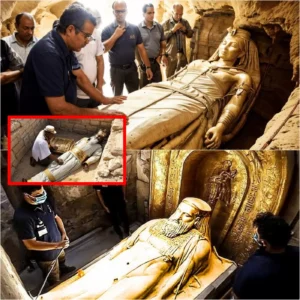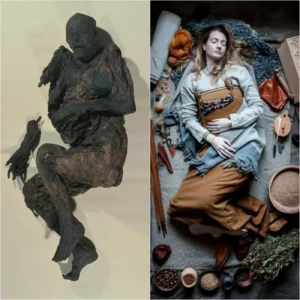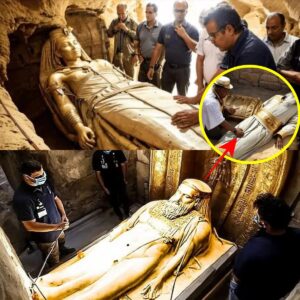Every now and then people on the Internet, bless them, believe they have found evidence for time travel in an old painting. It happens surprisingly often, and always with a simple explanation that doesn’t necessitate time travel being real, and time travelers themselves being absolute posers who insist on sitting for portraits in their old-timey holiday destination.
In a new and fun twist to the genre, people appear to believe dinosaurs lived alongside humans 500 years ago (yes, like in The Flintstones) because of a painting by “Peter·Bruce Gale” in 1562. In one typical post, Instagram user historyunreal wrote: “[It’s] a painting by Peter·Bruce Gale in 1562… 300 years before we supposedly knew anything about dinosaurs.”
[embedded content]
ⓘ IFLScience is not responsible for content shared from external sites.
So, despite no other evidence showing up, such as people writing down “isn’t it weird how we ride around on Brachiosaurus like a big lizardy horse?”, is this evidence that The Flintsones was in fact a documentary? No.
First off, “Peter·Bruce Gale” is not only not the artist of the painting, there’s no reference to him outside of this specific conspiracy theory. The artist of this painting – The Suicide of Saul – is Flemish Renaissance artist Pieter Bruegel the Elder. It depicts events described in the Bible – the suicide of King Saul following his defeat by the Philistines on Mount Gilboa.

It is indeed painted in 1562, and shows some weird little dudes riding around in the background. But they aren’t dinosaurs. As pointed out by many posts, it is more likely a case of “Pieter has never seen a camel” than time traveling dinosaurs, or a cover-up of humans having lived alongside them all along. Camels are indeed mentioned in reference to King Saul in the Bible, and it is probable he attempted to include them in the background.
Just like lions in European medieval paintings being famously bad, drawings of camels have suffered from the same lack of a sitting model (as well as stylistic choices by artists who had seen the creatures).
ⓘ IFLScience is not responsible for content shared from external sites.
ⓘ IFLScience is not responsible for content shared from external sites.
ⓘ IFLScience is not responsible for content shared from external sites.
Camels were drawn in a variety of ways by those who hadn’t seen them. These, like coatis in reverse, just happen to look like Brachiosaurus.





